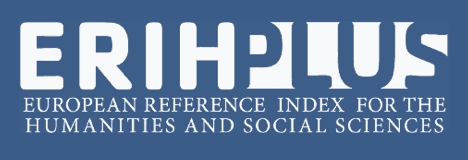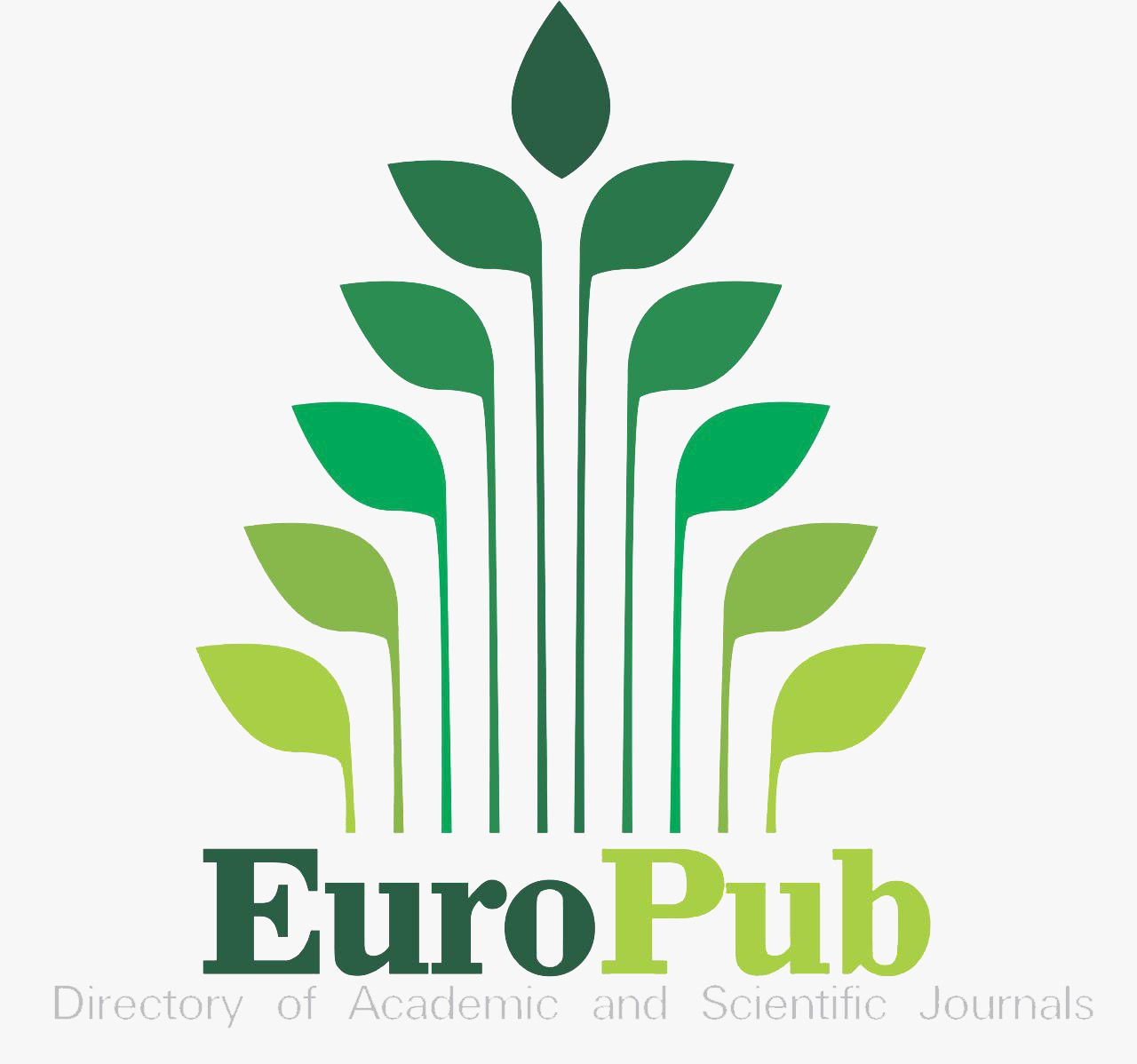Innovation in Utility Craftsmanship: Analysis Based on Human Capital
Abstract
The objective of this work is to determine the relationship between human capital and artisanal innovation, nowadays, in Tonala Jalisco, artisanal pieces are produced in an innovative way, either ceramic or any variant of the mud technique, but what A substantial part of the business is what makes innovative business thinking possible. The Intellectus model, created by Eduardo Bueno in 2011, is used as a reference, distinguishing intellectual capital in three types of capital, but for the purpose of this study only analyzed the relationship of human capital with respect to artisanal innovation, the study was conducted in 2018 to 73 craft economic units, it was obtained through the technique of chi square that if there is a positive dependence on human capital and the innovation. Throughout this research the difference between handicraft and handicrafts was presumed, this difference refers to the object of study of this research, there are several models that measure and determine the intellectual capital in organizations, but the Intellectus model was chosen thanks to its simplicity of understanding and operationalization of variables, the literature revealed that each of the capitals that make up the intellectual capital and in turn help to generate indicators that help the interpretation of results. Through the analysis of results, it is concluded that: The human capital of artisan businesses is positively related to craft entrepreneurship.

This work is licensed under a Creative Commons Attribution-NonCommercial 4.0 International License.













.jpg)








